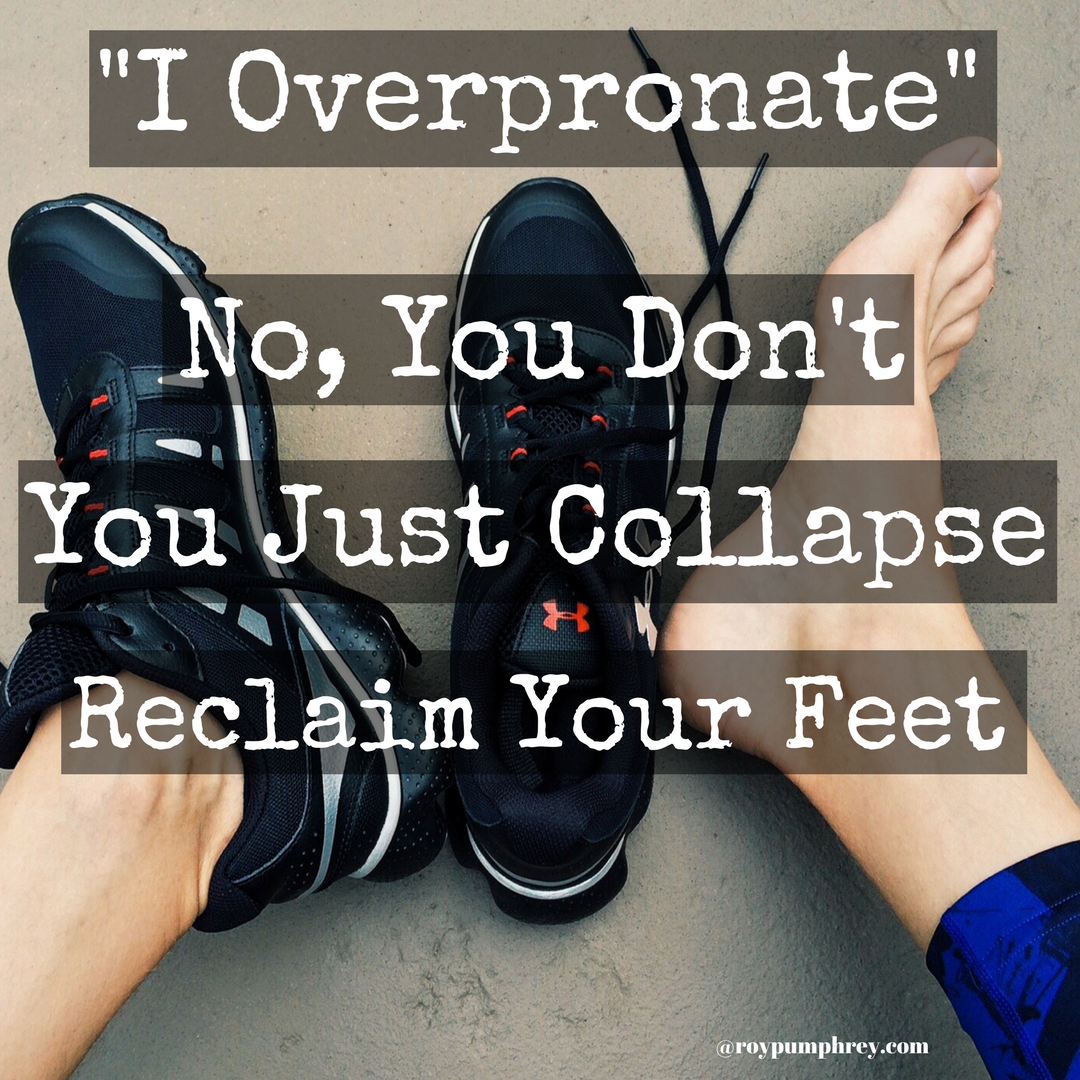Stunning Tips About How To Tell If You Overpronate Or Underpronate

Overpronators will see excessive wear on the inner side of the foot and/.
How to tell if you overpronate or underpronate. (neutral, pronator, supinator) updated: Your foot rolls inward about 15 percent, which optimally distributes the forces of impact. Underpronation or supination is the opposite of overpronation—instead of your foot rolling inwards more than 15 degrees, it rolls towards the outer edge of your.
To answer “do i overpronate or supinate,” take your walking or running shoes and look at their soles. What to look for in running shoes. This is often seen in people with flat feet.
June 8, 2022 | 3 min. A quick look at the wear patterns on your running shoes can help you determine your pronation and foot type. Overpronation will appear in more wear on parts on the.
With regular walking, the heel contacts the ground. With certain observations, people may detect the presence of overpronation, such as: There are a few tests commonly used to determine which kind of runner you are and, therefore, which kind of.
All running shoes are not created. Pronation is the natural motion of your foot during walking and running. What is normal pronation?
One of the best ways to check your pronation is to look at the bottom of your running shoes. How do you know if you overpronate or underpronate? Neutral pronation occurs when your foot naturally rolls inward to absorb shock and keep you balanced.
Pronation refers to the way your foot rolls inward for impact distribution upon landing. Absorb the shock, and keep your ankles and legs properly aligned. Finding the right shoe for your.
Identifying the pattern of soles. Is when your foot rolls naturally inward, about 15 percent, allowing it to. What is pronation and why does it matter?
What is pronation? Overpronation means that your foot arch moves too far down or inward when you take a step. Underpronation, or supination, is when your ankle doesn’t get with the program and refuses to roll inward sufficiently—less than a 15 percent.
There are rare occasions where a person’s feet, weight and stride are in perfect balance.








/Ankle_Pronation_Position-56a9da465f9b58b7d0ff8ced.png)









